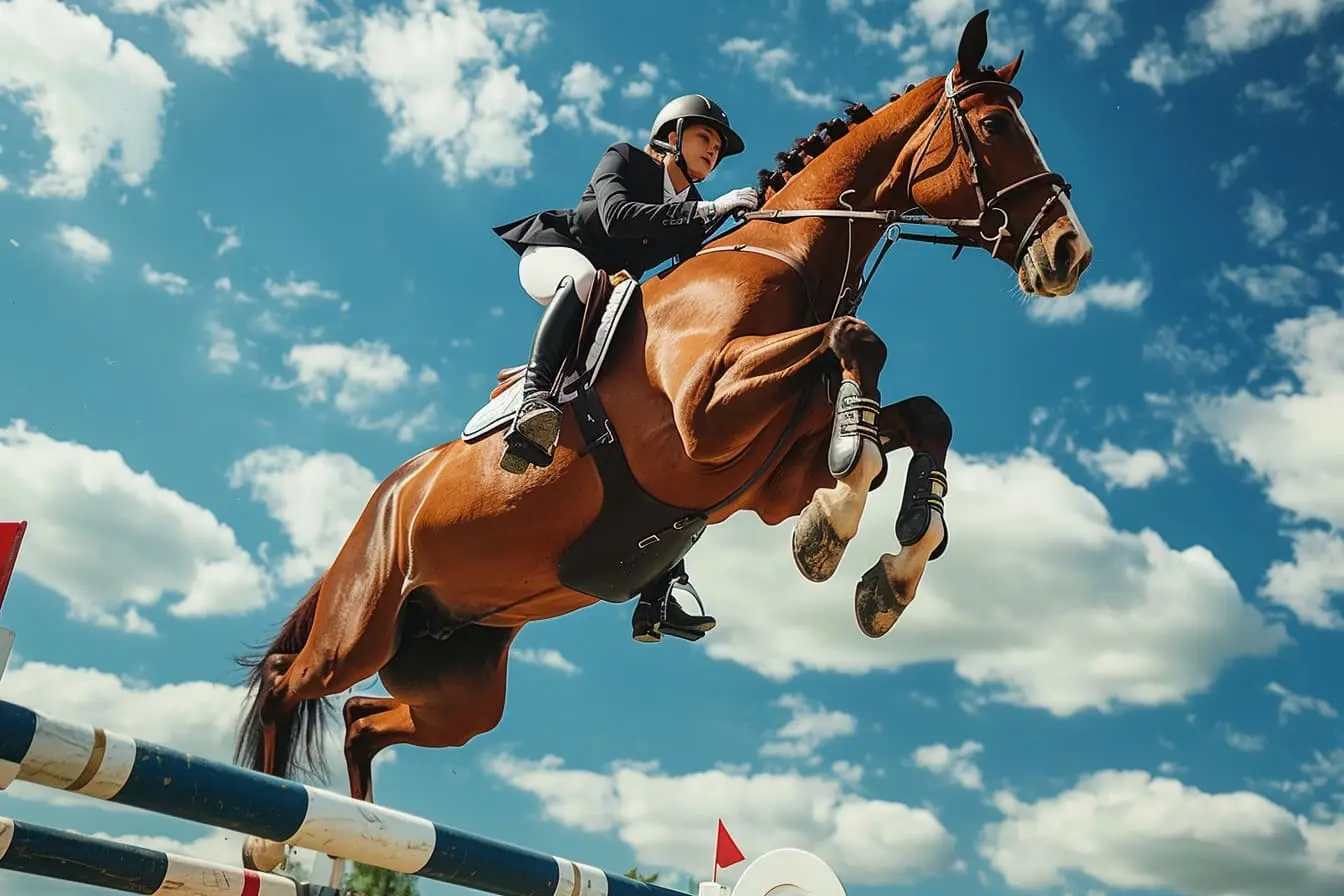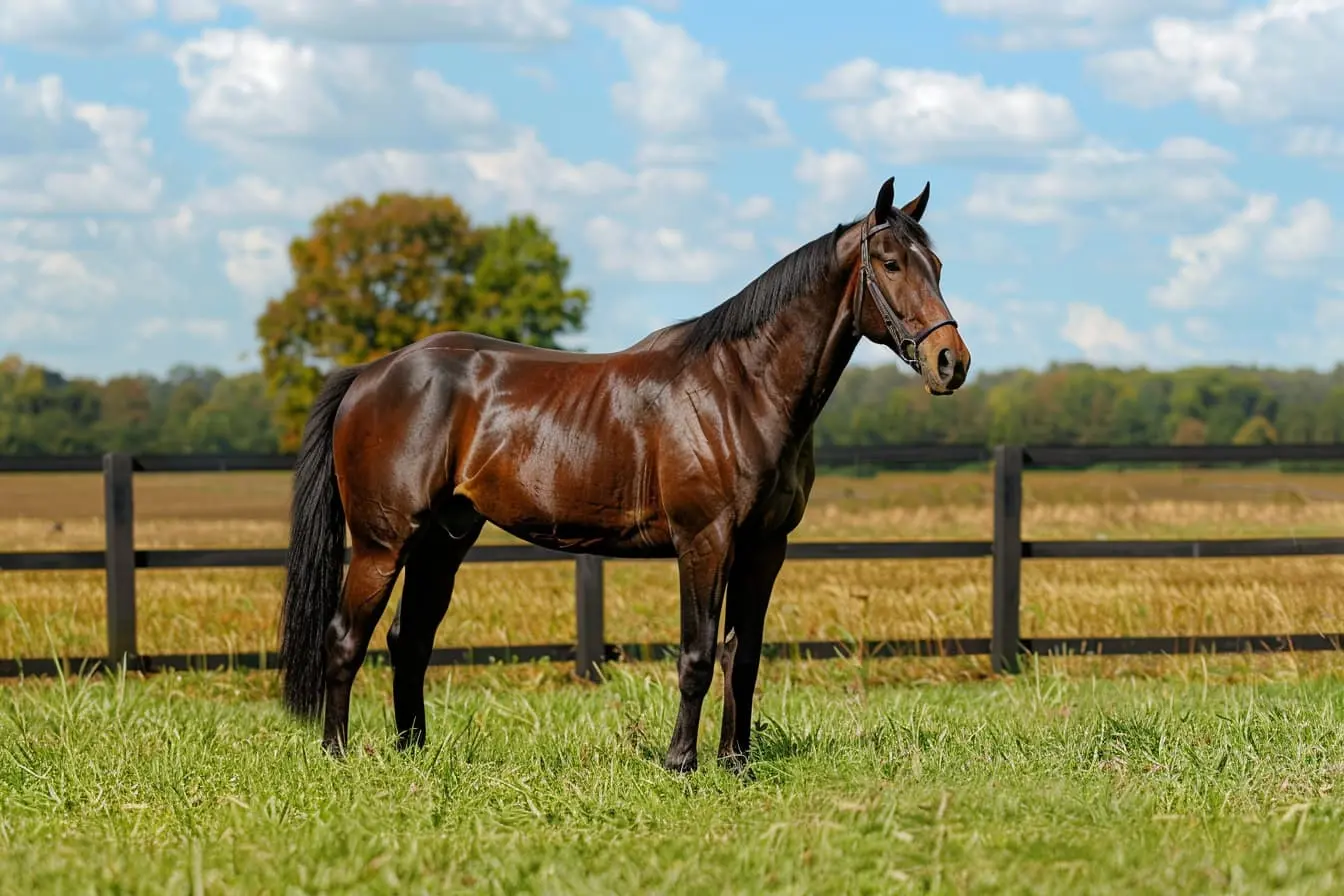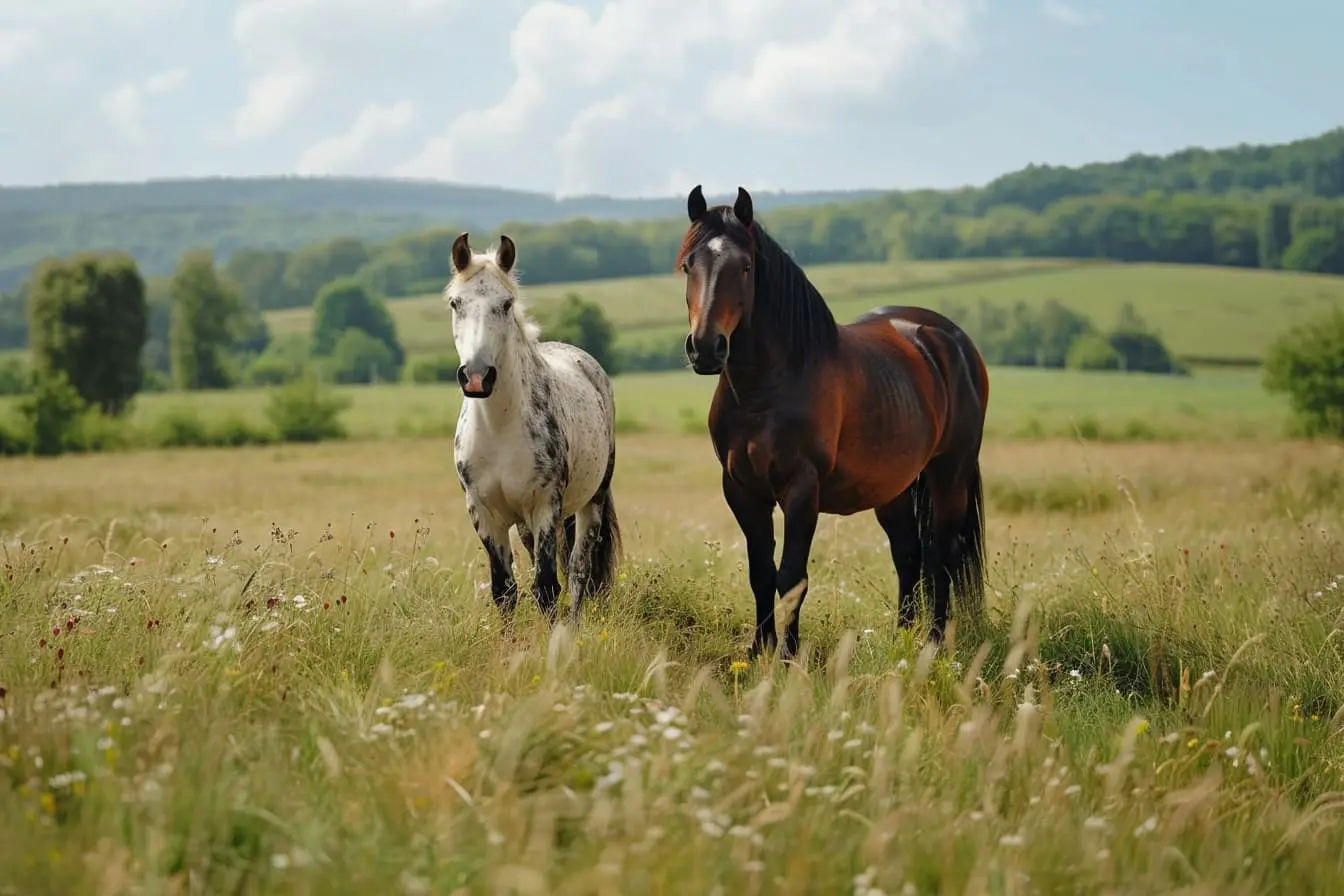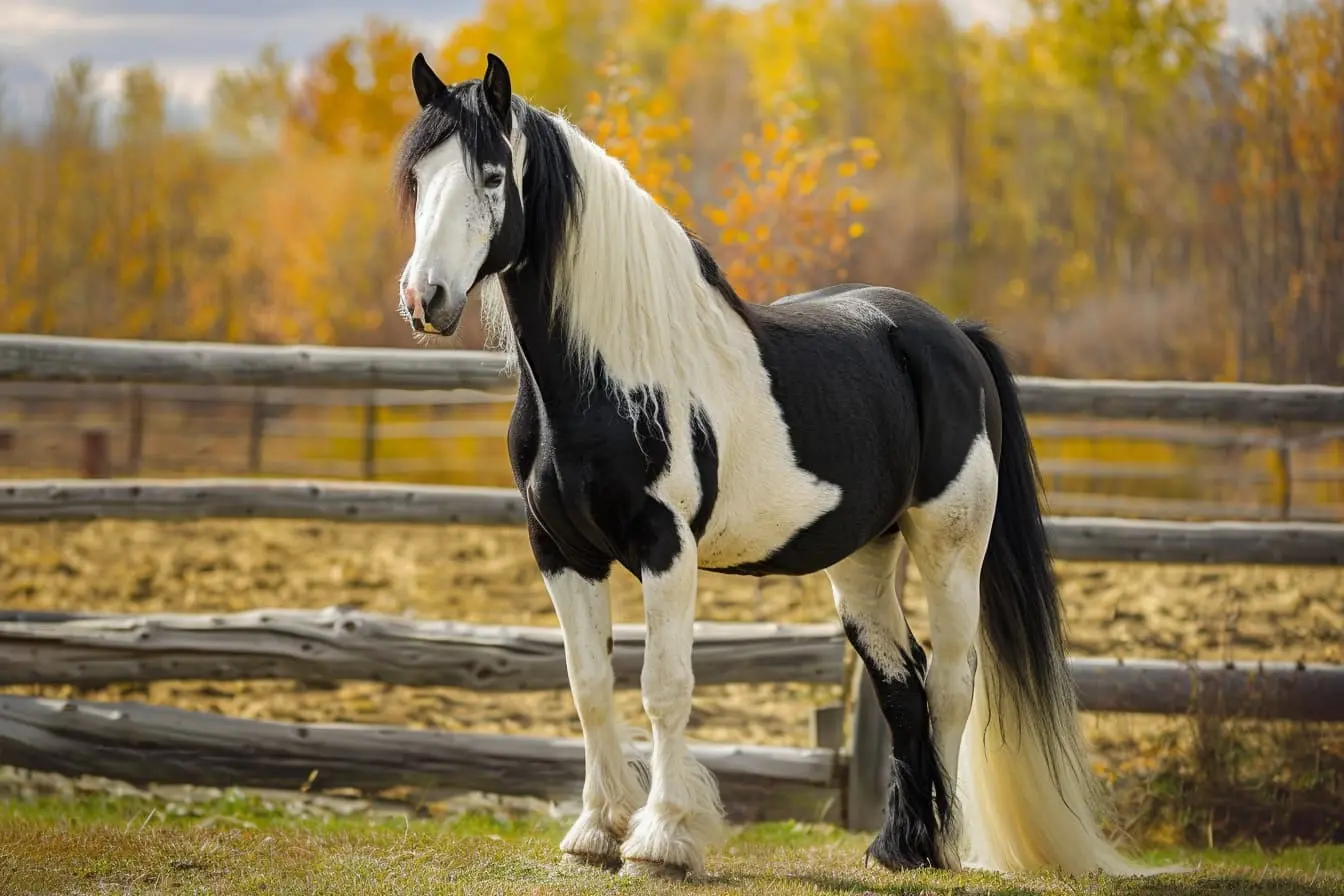
Show Jumping in the UK: An Exciting Start for Equestrian Enthusiasts
Show jumping is a thrilling equestrian sport that combines speed, agility, and precision. It captivates spectators and participants alike with its dynamic challenges and the remarkable bond between horse and rider. For those in the United Kingdom just beginning their journey into the world of horses, show jumping offers a fascinating and accessible avenue into equestrian sports. This blog post aims to introduce newcomers to the basics of show jumping, its history in the UK, and how to get involved.
The Thrill of Show Jumping
Show jumping involves horse and rider teams navigating a course of obstacles, which include verticals, spreads, double and triple combinations, and sometimes more unique elements like water jumps. The goal is to complete the course within a set time limit, without knocking down any obstacles. Penalties are incurred for faults such as refusals (when a horse stops before a jump) or if a rail is knocked down. The excitement of show jumping lies in the combination of physical prowess and the strategic planning required to navigate courses effectively.
A Brief History of Show Jumping in the UK
Show jumping has deep roots in British equestrian tradition. It emerged from the hunting field, where the ability to jump over natural obstacles was essential. The first recorded show jumping competition took place in Dublin, Ireland, in 1865. The sport quickly gained popularity across the British Isles, with the first major show jumping competition in England held at Olympia in 1907. Today, British Showjumping (BS) is the governing body for the sport in the UK, overseeing competitions, training, and the development of riders and horses.
Getting Started with Show Jumping
Understanding the Basics
Before jumping into show jumping, it's essential to have a solid foundation in basic riding skills. Most riders start with flatwork (riding in an arena without jumps), which helps develop balance, control, and communication between horse and rider. Many equestrian centres in the UK offer jumping lessons for beginners, providing a safe and structured environment to start learning.
Equipment and Attire
Safety is paramount in show jumping. Riders typically wear a helmet, riding boots, and a body protector. The horse's equipment includes a saddle, bridle, and sometimes protective boots or bandages to prevent injury. As you progress in the sport, specific types of saddles and bits may be recommended to improve performance and communication with your horse.
Finding a Coach and Horse
Working with a qualified coach is crucial for developing your skills and advancing in show jumping. A good coach can also help match you with a suitable horse, whether through leasing options or riding school programs. It's important to ride a horse that matches your skill level; beginners often start with experienced, calm horses known for their patience and forgiveness.
Competing in Show Jumping
Show jumping competitions in the UK range from local club shows to international Grand Prix events. Beginners can start with unaffiliated competitions, which do not require membership in British Showjumping. These events are a great way to gain experience and confidence before moving on to affiliated competitions, which offer the opportunity to qualify for regional and national championships.
Joining the Show Jumping Community
The show jumping community in the UK is vibrant and welcoming. Joining a local equestrian club or group can provide valuable support and friendship. British Showjumping also offers memberships for riders of all levels, providing access to training programs, competitions, and events.
Conclusion
Show jumping is a dynamic and rewarding sport that offers something for everyone, from the thrill of competition to the joy of developing a deep bond with your horse. For newcomers to the equestrian world in the UK, taking the first steps into show jumping can open the door to a lifetime of passion and achievement. With the right foundation, guidance, and dedication, the world of show jumping awaits.
Vets near you
Speciality vets
- Aquatics vet specialists
- Birds vet specialists
- Camelids vet specialists
- Cats vet specialists
- Cattle vet specialists
- Deer vet specialists
- Dogs vet specialists
- Equines vet specialists
- Exotic vet specialists
- Goats vet specialists
- Pigs vet specialists
- Poultry vet specialists
- Sheep vet specialists
- Small Mammals vet specialists
- Wild vet specialists



